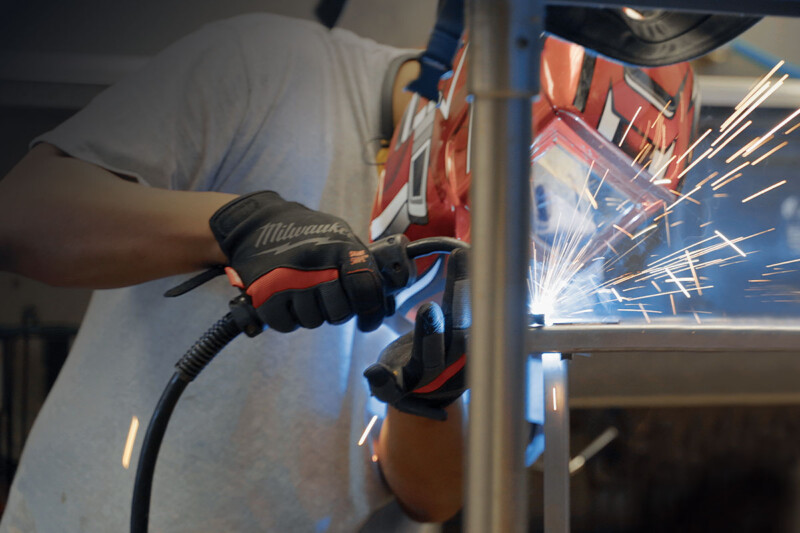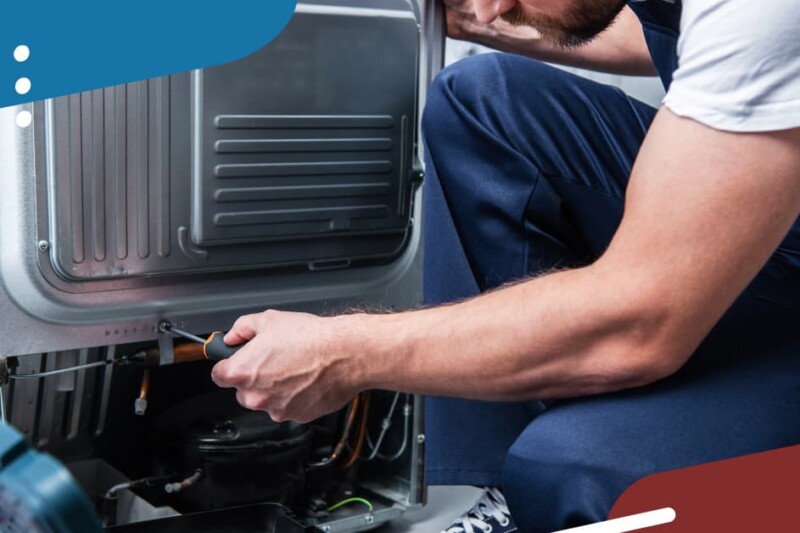5 Tips for Maintaining Powered Food Processors
Get the most from labor-saving powered food processors.

The powered food processor brings value in the kitchen from improved efficiencies. It also benefits the bottom line. Using this tool for prep work can lead to a profit margin of 3%-5% over the course of a year, says one manufacturer, by freeing up staff members for other tasks. However, it’s important to keep the food processor in top shape to get clean, uniform cuts and consistent performance for the life of the equipment. Here are a few pieces of advice from manufacturers to keep your machine operating at peak performance.
1. CORRECT USE. The best way to take care of your food processor is to treat it with respect. Only feed into the processor what it is designed to handle. Most fruits, vegetables and cheeses are fine, but there are limits. Sales reps have seen food processors damaged when used for unintended purposes, for example a blade broken by trying to slice a frozen rutabaga. Employees also have a tendency to push or lean on product going into continuous feed processors. Instead, let the motor do the work of pulling product to avoid the risk of damaging the motor or gears that could shorten the life of the machine. With bowl-type food processors it’s important to fill the bowl to the appropriate level. Too much or too little product will make the motor run harder than necessary, shortening its life.
2. BLADE MAINTENANCE. Clean, sharp blades produce consistent, professional cuts. Use a carrot or potato to push through the residue on the blade rather than taking the disc off and slamming it against a counter or sink. Store blades on a hanging rack or in a drawer with partitions so they don’t bump up against other utensils and get bent or damaged. Some manufacturers recommend sharpening blades regularly, the same as you would any kitchen knife. Even blades that don’t require maintenance get dull over time, so be sure to replace them when necessary.
3. PROPER CARE. Wiping down the base and controls is common practice, and keeps acidic juices from seeping in and causing damage to the motor. But proper care means more than just a daily wipe down. It’s important to lift the food processor up and wipe the counter underneath to keep dust from accumulating and blocking airflow to the motor. Also, when moving the equipment be sure to pick up the food processor from the base, not the spindle or the power cord, which could damage the alignment of the shaft or the electrical connection.

Courtesy of Robot Coupe
4. MAINTAIN SEALS. Implement a maintenance schedule to change out motor shaft seals on a regular basis. The constant running of the motor in a food processor wears on the seals, and eventually over time they loosen, allowing liquids into the motor area, which breaks down the lubricant and can compromise the bearings. How often maintenance should be performed is based on the amount of hours the equipment runs. Check the owner’s manual for specific timelines.
5. CONSIDER PURCHASING TWO FOOD PROCESSORS. For operations where the food processor is running constantly, consider having two on hand to swap out every other week or so. This helps improve equipment longevity by reducing the impact of wear on the motor. Some operations might also consider two different food processors, one for vegetable prep and one for bowl work, to ensure each piece of equipment is used most efficiently.
DO’S AND DON’TS
DO:
• Wipe the blade clean and air dry completely before storing
• Purchase a food processor sized right for your operation’s volume and product type
• Read the manual and understand your equipment’s care instructions
DON’T:
• Hit the blade against the sink or another surface to dislodge food particles
• Submerge the base in water or put it in the dishwasher
• Push down or lean on products as they go into the processor
RELATED CONTENT
- Advertisement -
- Advertisement -
- Advertisement -
TRENDING NOW
- Advertisement -
- Advertisement -
- Advertisement -


